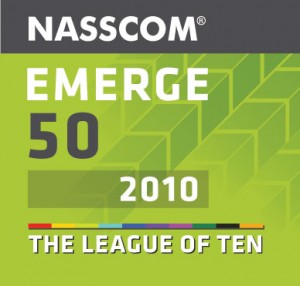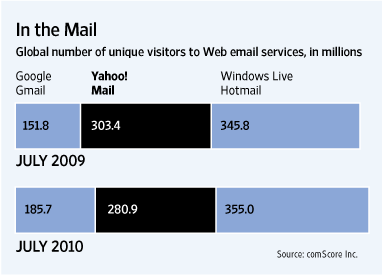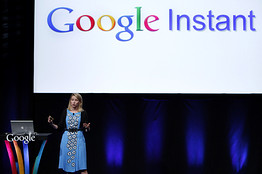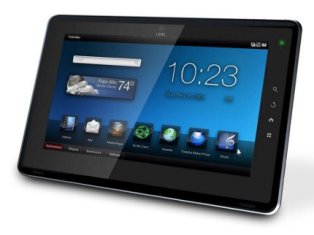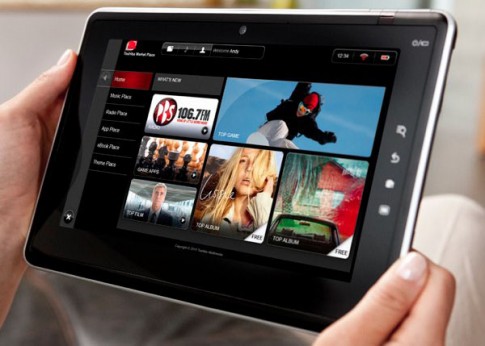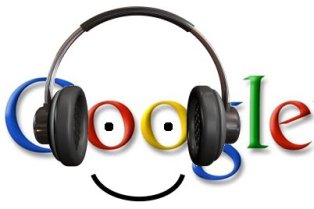Red Hat has launched a new customizable training program, which will equip IT professionals with actual cloud-building and management skills.
The Red Hat Certified Virtualization Administrator (RHCVA) certification is a hands-on course spread over four days, where participants will be taught to install and configure the Red Hat Virtualization Manager, and use it to, among other tasks, create data centers, manage hypervisor hosts, create storage and import installation media for creating new virtual machines.
Randolph Russell, director of certification for RHCVA, feels hands-on knowledge in the training is a key differentiator from other courses in the market. “Throughout the course, doing things will always be the emphasis and our objective is not to have somebody go back the office and answer questions they may be quizzed about–we want them to go to the data center and set things up,” says Russell.
Beyond general skills, Russell noted that the RHCVA also provides course attendees with knowledge of specific mechanisms required to operate clouds. He cited the Amazon Elastic Compute Cloud (EC2) as an example, whereby users will be required to understand cryptographic techniques before they can log on to remote instances to manage them.
“By having a deep and strong background [of cloud computing], you may be able to figure out other usages of the cloud environment which may not be anticipated by the provider,” he said. “We want to build a really solid foundation of the IT profession, and not try a cookie-cutter model that says cloud, click here.”
According to Red Hat, the training is aimed at building on specific skill-sets that Linux, Microsoft-certified and Cisco-certified IT professionals already possess. It will allow them to work on both open source and proprietary environments, as well as equip them with the capability to deal with complex server issues.
The RHCVA was soft-launched in the Asia-Pacific region a few months ago. According to Alan Ho, Red Hat’s senior manager for services marketing in Asia-Pacific and Japan, enrollment figures have been strong in developed countries such as Singapore, Japan and South Korea, where cloud computing adoption is gaining strength.
Take-up of the RHCVA in India, is also expected to increase due to the trend of IT outsourcing, added Ho. While training is expected to be on the rise in India with the influx of outsourced jobs, it may spell a different picture elsewhere.
Red Hat’s Russell said with the RHCVA training, it was no longer about getting a specific set of skills such as those of a system administrator but taking on more responsibilities and managing many virtualization systems.
“Rather than having a single Linux system administration certification, we also cover security topics in considerable depth,” he said, noting that topics such as virtualization, system management and performance tuning will also provide greater job-proofing value as more commodity skilled jobs are outsourced.






